I woke up on Sunday morning, March 11, 2018, with the feeling that I needed to go to Thornrose Cemetery in Staunton to try to find the grave of Mary E. “Mollie” Hicks Livick. Being about 95% sure that I’d located the grave of Mary “Polly” Anderson Fox a few days before, I next wanted to find the grave of her granddaughter, Mollie.
From her page on findagrave.com, I knew that Mary E. Livick was buried in “Section 10” of Thornrose cemetery. Before leaving home, I looked for–but didn’t find–a map of the cemetery on the Thornrose website. I suppose I was naive, but I just assumed that each section of the cemetery would be clearly marked, as they are in other large cemeteries.
As we passed through the gates of this beautiful, historic cemetery, I saw no maps. Not good… And as I started up the hill on the main road, I didn’t see a single sign to indicate the sections of the cemetery. REALLY not good….
How on earth could I find her if I didn’t know which section was which? All I had to go on was one picture of her grave marker that someone had posted on her findagrave page.
From the picture, I knew she was close to a road, and there were large trees across the road behind her grave. But given the size of the cemetery–and the number of roads and trees–I wasn’t sure that the picture would be of much help!
What happened next was (for lack of a better word) “interesting….”
I continued to drive up the hill on the main road of the cemetery, and then impulsively took the first road to the right. When I got to the next intersection, I pulled over to the side, got out, crossed the road, and walked into the section of graves in front of me. After quickly checking the names on the stones, I looked over, and about 15 feet from where I was standing I saw a marker with the name “Livick” on it! It was the grave marker for Mollie’s brother-in-law. And just a couple of stones away, there was the grave of Mary E. Livick!
I was surprised and yet strangely not surprised; as I told Wayne, she must have “called” to me. Honestly, that’s the best explanation I can offer, and I’ve had similar things happen before when I’ve been researching. But with no map, no signs, and with just one picture to guide me, I had found the grave I was looking for–literally, in minutes!–in a 50-acre cemetery that contains approximately 25,000 graves!
I’d originally thought that the picture on her findagrave page was of poor quality, but once I saw the grave marker firsthand, I realized that it was incredibly worn and very difficult to read.
I wondered if it would be possible to do a rubbing on the stone, using thin paper and chalk? We hadn’t eaten breakfast, so we left the cemetery, got something to eat, and stopped by Walmart to pick up some paper, tape, chalk, and crayons.
When we got back to her grave, I was again amazed at the “luck” of finding her so quickly and so easily in such an enormous cemetery. If you’ll notice, the back of her grave stone faces the road, and the first Livick stone that I saw has writing on the sides, and not on the back. There’s no way I could have seen the names from my car when I stopped and walked into the section.
But getting to work, we taped a piece of paper to the stone and I first tried rubbing a wide piece of chalk across it to bring out the letters. Unfortunately, the whole surface of the stone was so rough that nothing really showed up. We switched to a clean piece of paper and I tried again with a large crayon. Most of the letters were still very indistinct, and the two-line inscription at the bottom was completely illegible. Would it be possible to use something like Silly Putty to push into each letter? We didn’t try that–and I’d want to make sure that it wouldn’t damage the stone in any way–but I wonder if any other genealogy researchers have made “casts” of old, hard-to-read stones?
I wanted to leave something on her stone as a “memento.” I didn’t have any rocks with me (and didn’t see any close by), but then I remembered that I had tiny quartz crystal shards in the car. We usually use these when we’re “blessing” a river, but the concept was sort of the same. And so as a symbolic gesture of my best wishes and prayers, I left Mary E. “Mollie” Hicks Livick a little sliver of quartz. Blessings, Mollie.
As we cleaned up, we continued to puzzle over the inscription on the bottom of her stone. On other grave markers we’ve seen, sometimes the inscriptions are quotes–or lines from poems–and other times they are brief, personal messages.
We talked about unexpectedly finding the grave of a previously unknown great-uncle in a cemetery in Pennsylvania during the summer of 2017. The inscription on his stone (pictured below) was initially hard to read, too, but once we cleaned it up a bit we could see that it said, “A bud of earth, a blossom in heaven.” (He had died as an infant in 1896.)
Before leaving, I took pictures to show the view from behind, in front of, and to each side of Mollie’s grave:
As we drove through the cemetery on the way out, I continued to take pictures. Like I said, it’s a big place….
The white sculpture-like stone in the picture above caught my attention, and my first thought (for whatever the reason) was that maybe it was the grave marker for an artist. Curious, I stopped the car, grabbed my camera, and walked over to check. No, not an artist, but for a little girl who died as an infant in 1913. This was the inscription:
Maybe this was the standard thing to put on a baby’s grave in the late 1800s and early 1900s, but it was a bit “coincidental” that we had just been talking about this basic phrase mere moments before I stopped at this one grave on the way out….
When we got home, I started looking at the photographs I’d taken of the grave stone and at the pictures of the rubbings. After using Photoshop to tweak the contrast and make it into a “negative,” I think I can make out the words “and affection” in the top line. I still can’t tell what the rest of it is. (If you click this or any other picture, it will enlarge it in a new window. Just be sure to hit the “back” arrow to return to this page.)
Still marveling that I’d found one grave in a sea of headstones, I went back to findagrave to see just how many people were buried at Thornrose. Previously I’d just looked on Mollie’s page and not at the cemetery page, and I learned that over 19,000 memorials have been created on findagrave for this one cemetery. (The higher figure of 25,000 I mentioned earlier came from my communication the next day with the woman who manages the office for Thornrose. The first documented burial was in 1853, but there were others buried there as early as the late 1840s.)
But on Sunday evening as I looked at pictures on the Thornrose page on findagrave, I was stunned to see a MAP that shows where the sections are!! What?! The map I’d hoped to find on the official Thornrose website was right there on the Thornrose findagrave site!
In retrospect, I’m glad that I didn’t have a map before going over on Sunday morning, as it was far more interesting and meaningful to find her grave the way I did. 🙂
There are still many, many things I don’t know about Mollie’s life. I know that she and her sister, Ella, were living with their grandmother, Mary “Polly” Anderson Fox in Nelson County, VA, in 1870, but the next 15 years of her life are a mystery. I haven’t (yet) been able to find census records, newspaper articles, or any other documents for or about her during this time.
The next thing I know, for sure, is that she was married in Staunton in 1885:
I know she had two daughters with her husband, and she possibly had a daughter in the years before her marriage to Peter Livick. Details are sketchy about this….
And while I don’t know the cause of her death on Sept. 1, 1889 at the age of 30 years & 7 months, at least I now DO know where she’s buried. And I hope she is at peace.

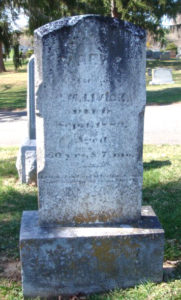
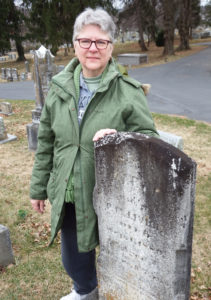
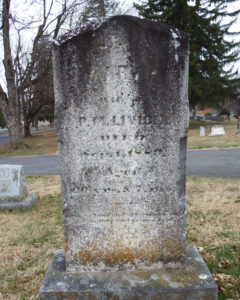
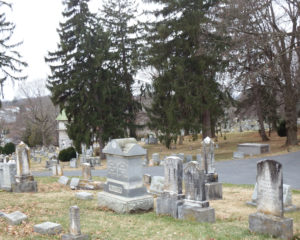



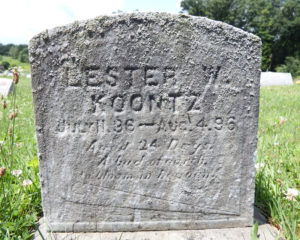
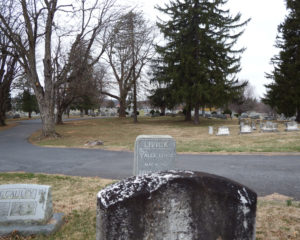

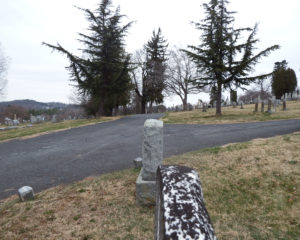
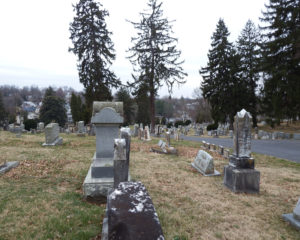
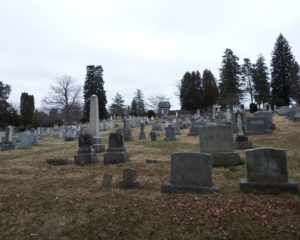
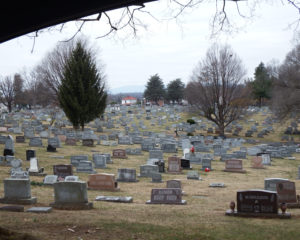
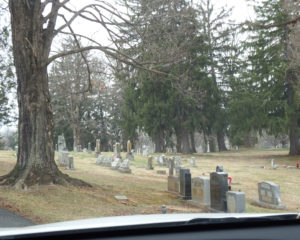
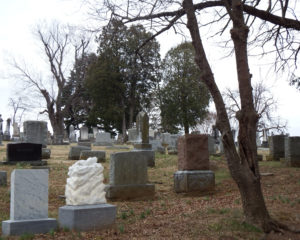
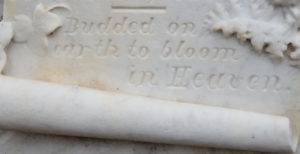
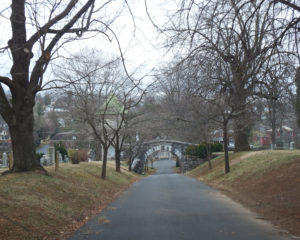
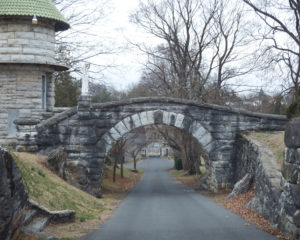
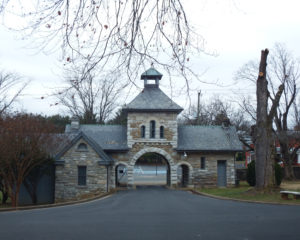
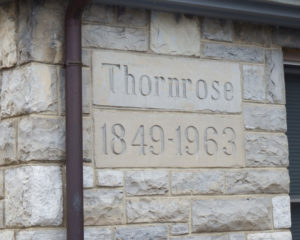
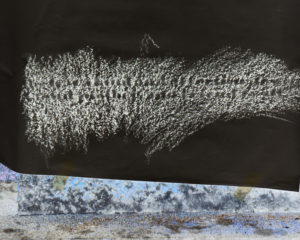

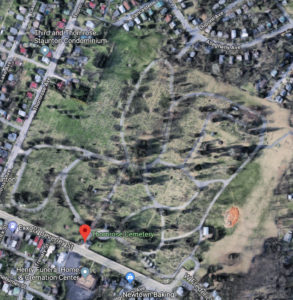
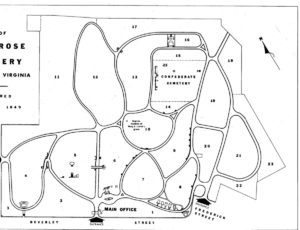
so much work involved in finding out all of this.. Thank you.. so many questions.. so few answers..
I think that whole thing–so many questions, so few answers–is what has kept me interested in doing family history research since 1990!